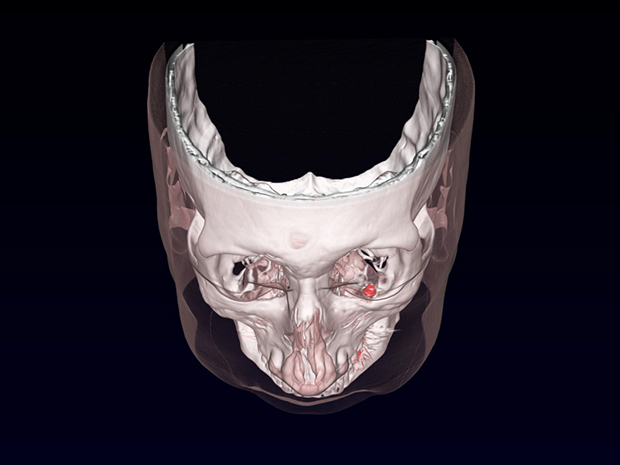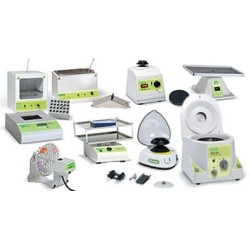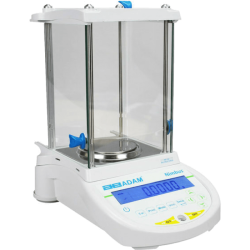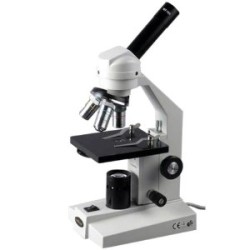Magnetic Eye Implant Stops Dancing Eyes Syndrome

A 49-year-old man finally got relief from a rare, maddening eye disorder after researchers, in an experimental procedure, implanted specialized magnets beneath his eyeballs. The disorder, called nystagmus, or dancing eyes, causes the eyes to oscillate rhythmically, making the visual scene constantly shake. Scientists from University College London steadied the man’s gaze by surgically implanting in each eye a pair of titanium-encased rare-earth magnets.
Researchers have come up with all sorts of clever bioengineering solutions that involve magnets and the human body, but never one quite like this, says Parashkev Nachev, a neurologist at University College London who led the experiment. For example, engineers have designed small robots guided by magnetic fields that move through the body to do various jobs, such as perform surgery, navigate blood vessels, deliver drugs, palpate tissue, and take biopsies. And doctors have attached prostheses such as artificial noses to the body using magnets.
Nachev’s implant moves magnets into a new biomedical domain—one his team dubbed “oculomotor prosthetics.” The magnets he and his team used are made of samarium-cobalt and neodymium-iron-boron, which are rare-earth materials that are fairly common in the magnet world. They’re encased in titanium to make them biocompatible. And they’re small, of course—about three millimeters in diameter and one-to-two millimeters long.
The device is simple and the surgery is quick. In each eye, a surgeon sutures the samarium-cobalt magnet to the tendon of the muscle on the underside of the eye and superglues—yes, superglues—the neodymium-iron-boron magnet to the eye socket. “Ophthalmologists love superglue and they use it a lot,” says Nachev. When the 30-minute procedure is completed, the magnets attract with enough pull to steady the dancing eye, but not so much that voluntary eye movement is hindered, the researchers report.
For more details: http://spectrum.ieee.org/the-human-os/biomedical/devices/magnetic-eye-implant-stops-dancing-eyes-syndrome





























